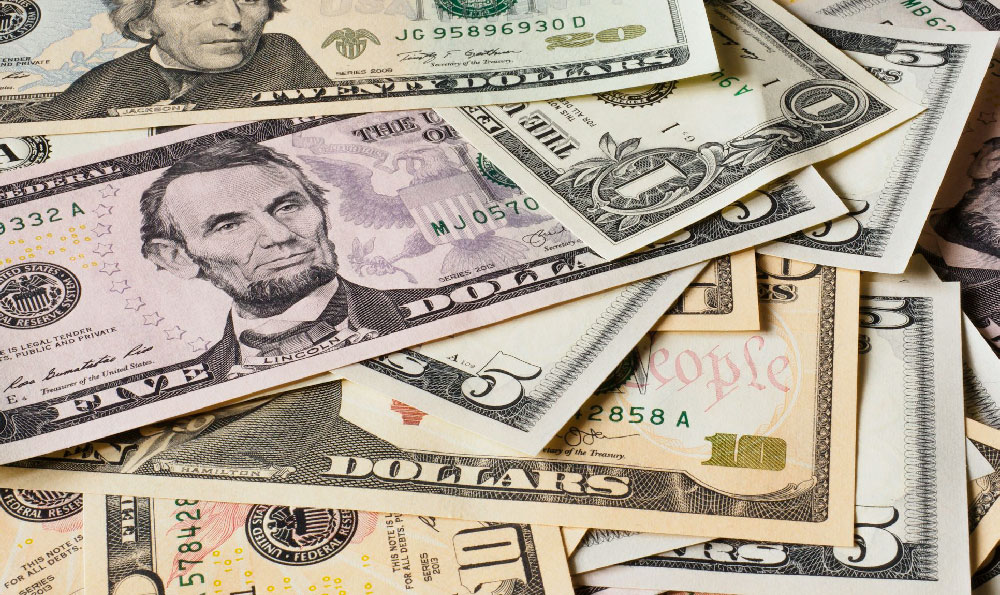How much did Shrek earn, and what made it so successful?
Shrek, the animated film released in 2001, not only became a cultural phenomenon but also a financial juggernaut. While pinpointing Shrek's exact earnings is complex due to various revenue streams and accounting methods, we can paint a clear picture of its immense success and delve into the factors that contributed to its impressive financial performance.
At the box office, Shrek was a resounding triumph. Its theatrical release alone generated over $484 million worldwide against a production budget of around $60 million. This represents a phenomenal return on investment, placing it among the most profitable animated films of all time. However, the box office gross is just the tip of the iceberg.
Beyond ticket sales, Shrek's financial prowess extended to various avenues. Home video sales and rentals, including DVD and later Blu-ray releases, contributed substantially to its revenue. Considering the widespread popularity of the film and its appeal to families, sales figures for home video formats were exceptionally high. Licensing and merchandising also played a pivotal role in amplifying Shrek's earnings. From toys and clothing to video games and theme park attractions (notably at Universal Studios), the Shrek franchise became a lucrative source of revenue for DreamWorks and its partners. The enduring appeal of Shrek and its characters meant a constant demand for branded merchandise, generating significant royalties and profits.

Furthermore, television broadcasts and streaming deals added to Shrek's overall earnings. Licensing agreements with television networks for broadcasting rights and subsequent deals with streaming platforms like Netflix and Amazon Prime Video have ensured a continued stream of revenue for the film long after its theatrical release.
It's impossible to provide a precise figure for Shrek's total earnings due to the confidentiality surrounding these types of deals and the ongoing nature of revenue generation. However, it's safe to say that the film, including all its associated revenue streams, has generated well over a billion dollars for DreamWorks and its affiliated companies. Its continuing impact on popular culture and consistent re-engagement via streaming platforms ensures it remains a valuable asset.
So, what made Shrek so wildly successful? The answer lies in a confluence of factors, beginning with its clever subversion of fairytale tropes. Unlike traditional animated films that often present idealized princesses and heroic princes, Shrek presented a flawed and unconventional protagonist: an ogre who embraces his solitude and rejects societal expectations. This resonated with audiences who were tired of stereotypical fairytale narratives and appreciated the film's refreshing and humorous take on familiar themes.
The film's humor was another crucial element of its success. Shrek employed a sophisticated blend of adult and child-friendly jokes, ensuring its appeal to a broad audience. The witty dialogue, satirical references to pop culture, and self-aware humor made the film enjoyable for both children and adults, fostering a shared viewing experience within families. This multi-layered humor distinguished Shrek from other animated films of the time and contributed significantly to its widespread appeal.
The characters in Shrek were also incredibly well-developed and memorable. Shrek, Donkey, Fiona, and Lord Farquaad each possessed distinct personalities and motivations, contributing to the film's overall charm and relatability. The dynamics between the characters, particularly the unlikely friendship between Shrek and Donkey and the evolving relationship between Shrek and Fiona, provided both comedic and emotional depth to the story. Eddie Murphy's voice performance as Donkey was a comedic tour-de-force, adding immeasurable value to the character and the film as a whole.
The animation quality and visual style of Shrek were also groundbreaking for their time. DreamWorks utilized cutting-edge CGI technology to create a visually stunning and immersive world, bringing the fairytale characters and landscapes to life with remarkable detail. The expressive character animation and vibrant color palette further enhanced the film's appeal and contributed to its overall success.
Finally, Shrek's timing was impeccable. It was released during a period when animated films were undergoing a renaissance, with Pixar leading the way in pushing the boundaries of storytelling and technology. Shrek capitalized on this trend by offering a fresh and irreverent take on the genre, appealing to audiences who were hungry for something different. The film's subversive humor and unconventional characters resonated with a generation that was increasingly skeptical of traditional narratives and embraced originality and authenticity.
In conclusion, Shrek's success can be attributed to a potent combination of clever writing, memorable characters, innovative animation, and a timely release that tapped into the evolving tastes of audiences. It was more than just an animated film; it was a cultural phenomenon that redefined the fairytale genre and cemented its place as one of the most successful and influential films of all time. Its substantial earnings, generated through various revenue streams, reflect its enduring popularity and its ability to connect with audiences on multiple levels. The legacy of Shrek extends far beyond its financial success, influencing subsequent animated films and shaping the landscape of popular culture.














